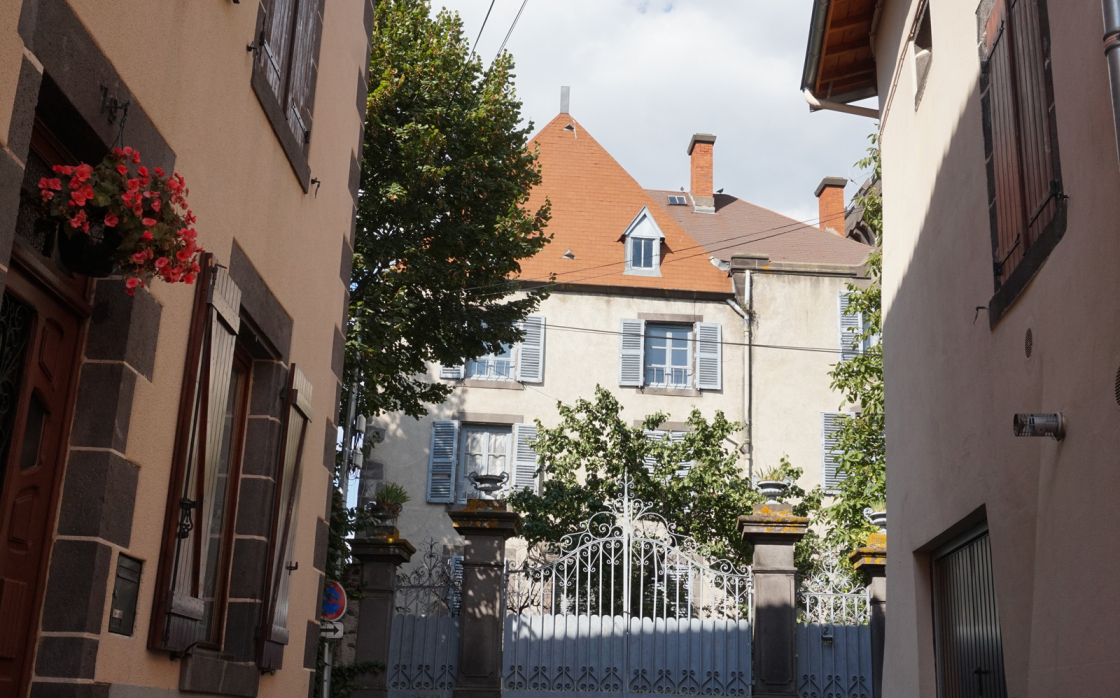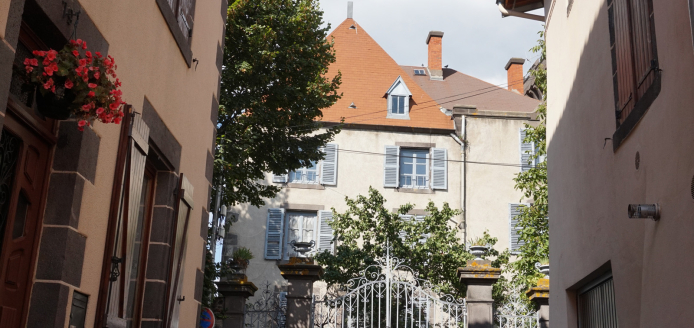Chateau du bourg

Château de Cébazat has an important role in the history of the municipality. It is a very old building that blends neo-medieval features from the 19th century.
This very ancient building dates from the 11th or 12th century. It belonged to the lords of Cébazat from the 13thto the 17th century, including Eldin de Cébazat (1212), an underling of the Counts of Auvergne. The last known descendent was Péronelle de Cébazat, lady of Blanzat in 1622.
In 1241, Alphonse de Poitiers, brother of King Louis IX of France, inherited the Cébazat manor house. En 1270, he granted the town of Cébazat a charter which reinforced the inhabitants’ powers vis-a-vis the lord. From the 14th century, Cébazat depended on the Tournoël manor house. Then the manor house passed into the hands of the De La Roche family and, in 1598, into those of the De Laqueuille family, lord of Châteaugay. In 1793 the château was sold as property of emigrants to Martial Mignard, who sold it to Jean Vaury. The last owner of the château, before it was purchased by the municipality in 2022, was Colonel Claude Viallard (1927-2021), a descendent by marriage of Jean Vaury.
The corps de logis largely revamped in the 19th century has retained elements from the Middle Ages, from the 15th century (mullion window) and from the 16th century (window and door surrounds). The keep overlooking the château is crowned by a parapet supported by machicolations and a lookout post that marks the arrival of the spiral staircase. A bartizan is placed on one of its angles. These neo-medieval developments date back to the 19th century: A garden surrounds the residence with its giant sequoia, its rockery grotto and its barn. On Rue des Fossés and Impasse des Murs are the remains of a defence tower and of the wall.
Additional information
Outdoor visit only
Prices
- Free of charge.









